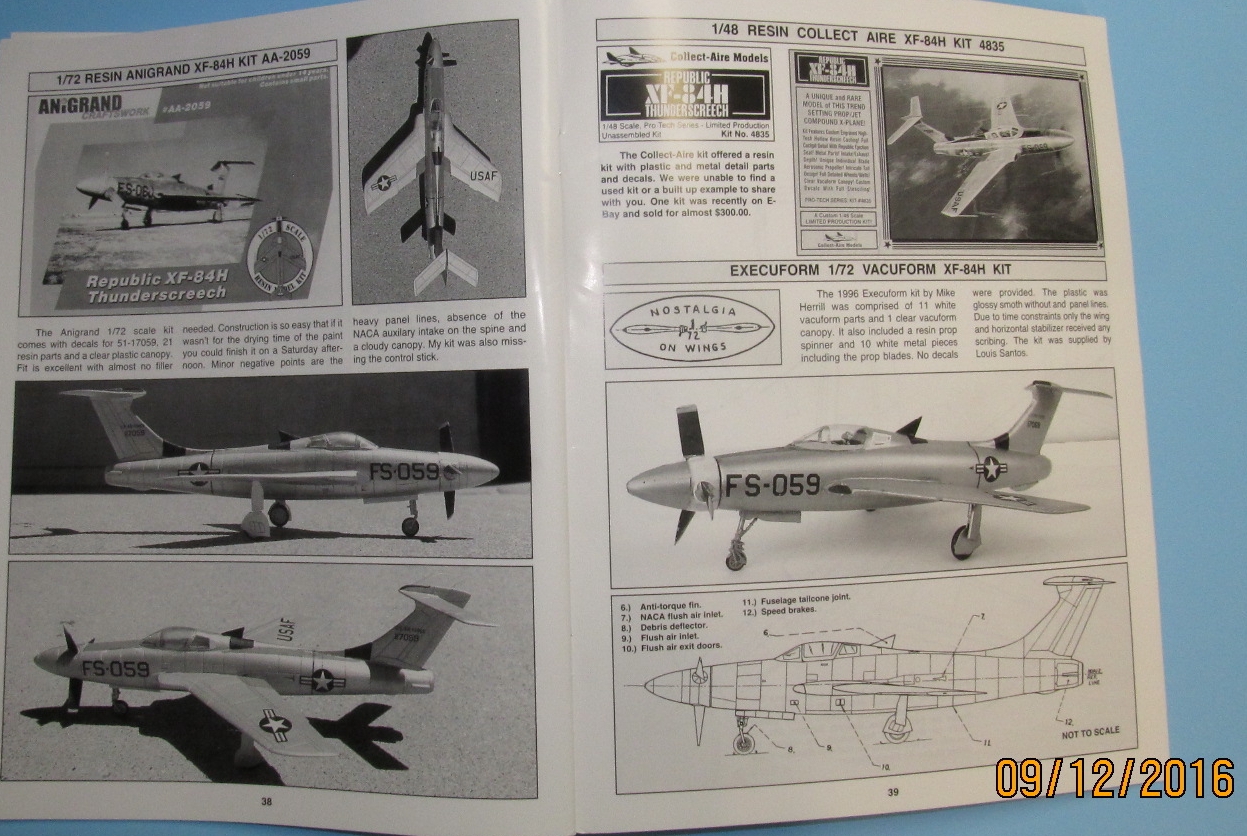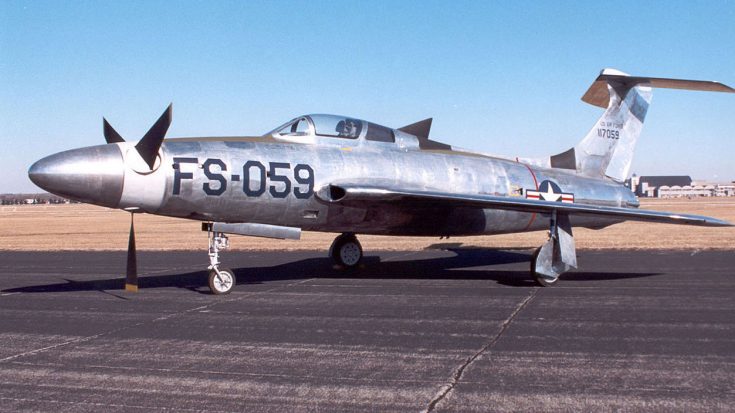

Mercifully, the USAF cancelled the program in September 1956 after just two were built. The airfield out at Edwards AFB, already well acquainted with test aircraft noise, had to request that the Thunderscreech be towed off the airfield and out onto a distant part of the dry lake bed before starting. Ground crew, even with ear protection, reported nausea and headaches just from the start-up sequence. Just running up the Thunderscreech’s engine on the ramp had the power to knock people over, make them sick, disorient them and even cause permanent physical damage - and not just to the ears! The continuous sonic booms it produced could be heard 25 miles away. Think of it like having a hundred snare drummers doing a drum roll on your chest, head and limbs all at once.Ī Thunderscreech on static display at WPAFB Museum.
#Xf 84h series
While a typical single sonic boom can rattle dishes and windows, as happens when a supersonic plane passes overhead at altitude, the Thunderscreech instead produced a high intensity, rolling series of sonic booms - being near it was physically debilitating. Terribly bad, however, doesn’t even begin to describe the result. The noise factor, however, was not something that Republic’s designers quite understood - in fact, until they tried it out, nobody knew how harsh the resulting sonic bomb series could actually be. The Thunderscreech was projected to have a range of over 2,000 miles, not bad for a fighter jet of that era. Second, with early jet engines, a propeller (or fan) tied to the rotating jet core was a far more effective way to create aerodynamic thrust than a simple jet, creating improved fuel efficiency (today, high bypass fans are popular with airliners, given the improvements to fuel economy they bring).


What were the designers thinking when they came up with an airplane that had a supersonic propeller? Well, first of all, if you rotate a propeller at supersonic speeds, it is producing a whole lot of power - and as a result, the Thunderscreech was easily slated to set the record for the fastest ever propeller driven airplane. So imagine an aircraft that produced not just one sonic boom when flying overhead, but instead continuously generated a hammering repetitive rhythm of sonic booms with every rotation of its propeller. Forget jet engine noise, which people often complain about when they move in under the departure path of a major airport (hey, it isn’t as if the airport opened AFTER you moved in!), sonic booms are the undisputed decibel level kings of the soundscape. Connected to the rotating turbine core of the jet engine, a 5,850 hp Allison XT40-A-1 turboprop, it was engineered to rotate at rpms that resulted tip speeds that were supersonic. What made the Thunderscreech so loud was the propeller.
#Xf 84h full
Only by the Russian Tupolev Tu-95 Bear, with its four engines at full power, nearly achieves the incredible volume of the single engine Thunderscreech when it sat on the ground, its throttle set to idle. On this date, July 22, 1955, the Republic XF-84H Thunderscreech would make its first flight, setting an aviation-related noise record that will probably never be broken. Without question, 1955 was the loudest year in aviation history. One of the test flights with the XF-84H Thunderscreech - note the hydraulic boost pod extended on the rear of the fuselage top.


 0 kommentar(er)
0 kommentar(er)
